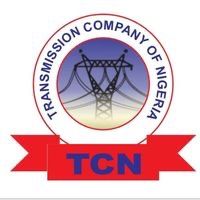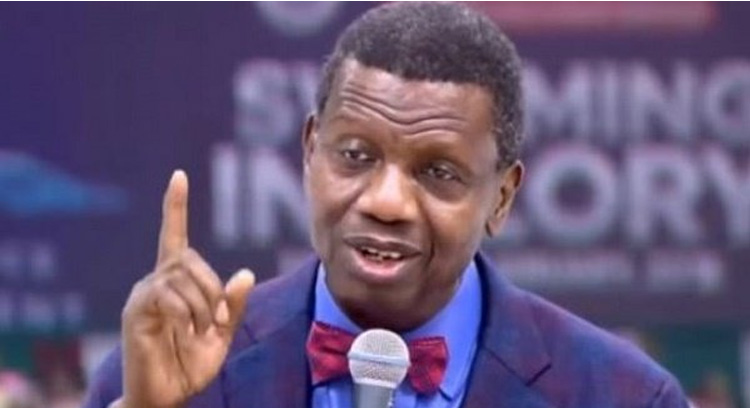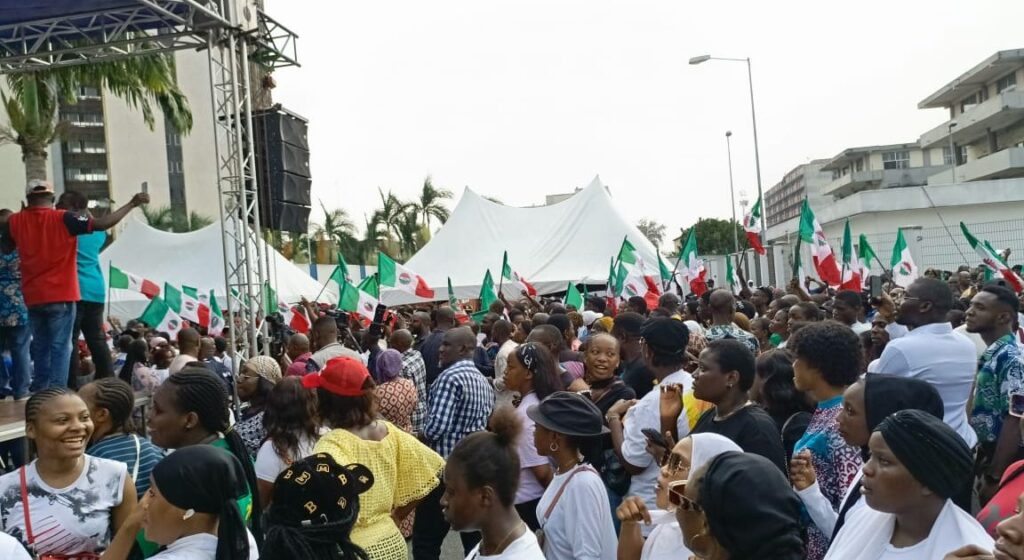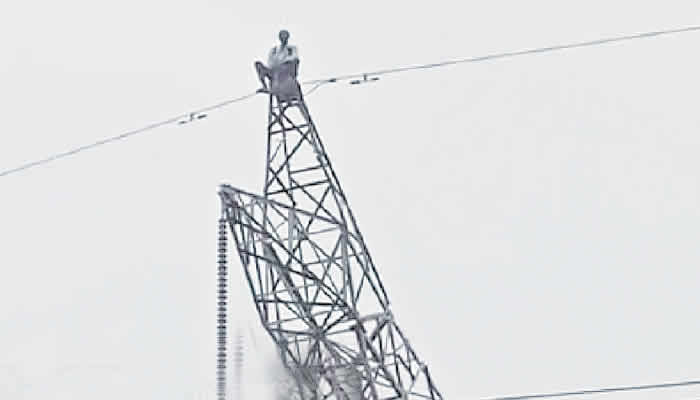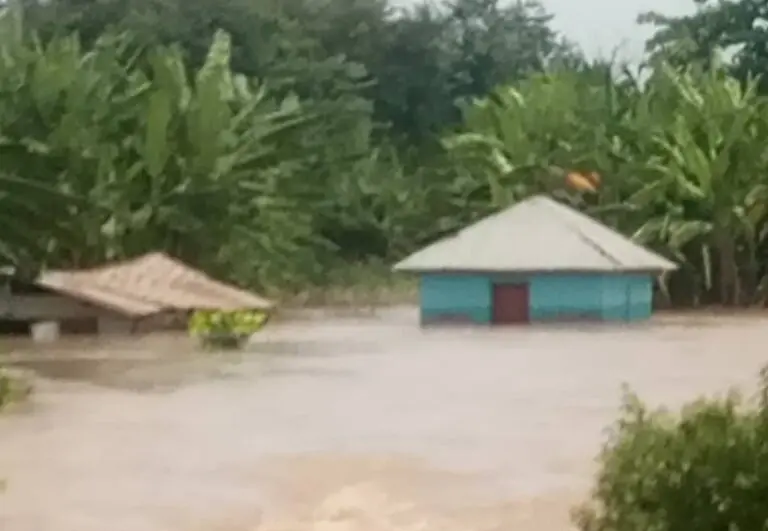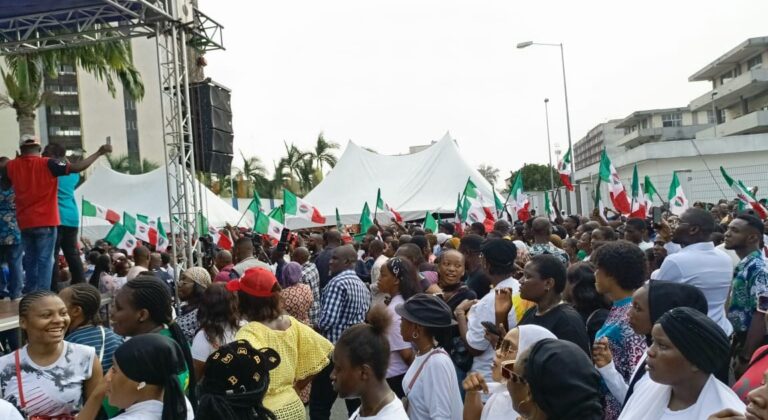…says 76% reduction in grid disturbances achieved in 5 years
The Transmission Company of Nigeria (TCN) yesterday said it would evacuate up to 10,000 megawatts (MW) of electricity across the country, provided that the generation companies (GENCOs) can produce it.
Speaking at a special briefing tagged ‘Meet the Press’ in Abuja, the Managing Director of TCN, Engr. Sule Abdulaziz, said the company’s transmission capacity currently stood at 8,500MW, significantly higher than Nigeria’s peak power generation of 5,801MW recorded on March 4.
He said: “We are still ahead of what is generated. We are saying that with the projects we are doing, in two years, we will be able to transmit 10,000MW if it is produced by the GENCOs.
How did we reach that? It is by investment.” Abdulaziz said TCN remained a fully government-owned entity, with all transmission investments coming from the Federal Government.
These in vestments, he noted, have significantly expanded Nigeria’s transmission infrastructure, including the construction of new substations and transmission lines.
He also provided an update on the Supervisory Control and Data Acquisition (SCADA) system, a critical project that will allow real-time monitoring and control of Nigeria’s power grid.
He said: “From our work program, in six months’ time, we are going to finish SCADA. “I mentioned that it is 69 per cent completed, and this project is funded by the World Bank. “The World Bank was funding NETAP. In that NETAP, we have $486 million.
It is out of it that we are doing the SCADA. “By the time we have that SCADA completed, we will be able to see in real-time whatever is happening on the grid.”
He assured that the project is progressing well, with most of the equipment already installed at the new substation in Gwagwalada. Beyond SCADA, the TCN boss revealed plans for a Super Grid initiative aimed at enhancing the robustness and flexibility of Nigeria’s electricity transmission system.
He said: “We have a working plan whereby we have a database for all these equipment when they are installed, when they are supposed to be removed.”





